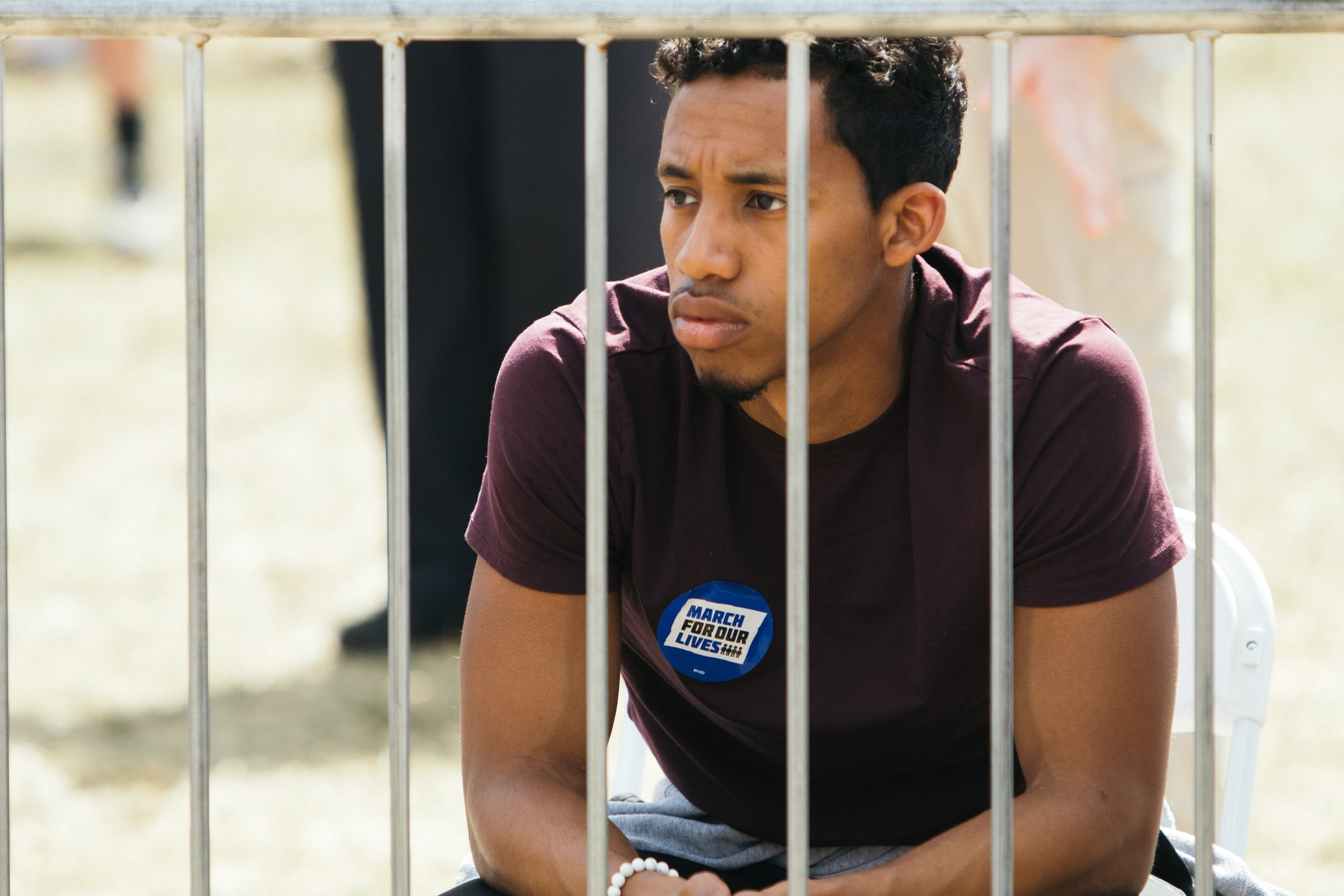The "Revolving Door" of Mass Incarceration: What keeps Baltimore city safe?
This past semester two students from Dr. Allen Brizee’s Writing for the Web class wrote a community-based research report on mass incarceration in Baltimore City. An overview of the report findings have been added to the Research page as well as a link to download the entire report. It is well worth the read. Below are a few excerpts from the introduction and conclusion of the report:
INTRODUCTION
This report will provide a historical and current narrative of the prison system in the Baltimore City/Greater Govans regions over the past 20-30 years. The purpose of this report is to craft a comprehensive account of the assets and deficits of both the prison system and the local community in reducing crime rates and recidivism among marginalized populations. Our report begins by laying out the city’s socioeconomic history for context, and then examining the connection between incarceration and crime rates, both historically and in modernity. Next, it will investigate the incarceration-based trauma, subsequent psychosocial damage, and community-based recovery for inmates upon release.
To target our research, we answer the following primary questions:
Is mass incarceration effective in reducing crime and recidivism rates? If not, why?
What factors contribute to disproportionately POC prisoner populations in the Baltimore City/Govans region?
We start by examining the relationship between incarceration and crime in Baltimore City:
Why does incarceration appear to have no effect on crime?
What community organizations in Govans, Baltimore can effectively reduce crime?
Next, we investigated the trauma of becoming a prisoner, how that process burdens an inmate’s psychosocial wellbeing and eventual reentry into society, and what local assets are available to help. We sought to answer the following:
How does the trauma of incarceration manifest and echo from inmates to families and communities? To what extent does that trauma contribute to recidivism?
How do community initiatives keep former inmates and residents of color struggling with mental illnesses out of the prison system?
This report focuses on the causes and impacts of mass incarceration within communities. To conduct our research, we used secondary sources, such as scholarly books, articles, and official city reports, in addition to our primary sources, such as interviews with Govans residents. These sources are further explained in the Methods section. In the Results section, we detail the specifics of our findings. The Discussion section connects our findings to our research questions, and we discuss how these findings apply to Govans on a larger scale in our Conclusion Section.
CONCLUSION
Our report sought to understand how incarceration affects the Govans neighborhood, examining its impact on crime, socioeconomic status, and mental health. Our research led us to draw three important conclusions about incarceration:
Incarceration does not reduce crime rates in Govans, despite crime reduction being the primary intention of jails and prisons.
Incarceration is a traumatic experience which damages the community ties, financial stability, and general wellness of incarcerated people and their families.
Incarceration poses devastating and regressive effects on neighborhoods like Govans rather than contributing towards community safety.
The leading notion that incarceration reduces crime dismisses the socioeconomic factors perpetuating criminal activity. Homelessness, unemployment, untreated mental illness and substance abuse make individuals more vulnerable to incarceration, and the pains of imprisonment exacerbate these problems. Indeed, incarceration cannot effectively decrease crime because the poor living conditions contributing to imprisonment worsen upon release. As a result, low-income communities suffer from the counterproductive and cyclical nature of incarceration, called the “revolving door.”
Fortunately, the Govans neighborhood comprises many community organizations to address the root causes of crime and the trauma caused by incarceration. GEDCO/CARES, Marian House, and A Step Forward, as well as a myriad of churches provide support for individuals struggling with unemployment, homelessness, or substance abuse. These initiatives pose a tremendous benefit for Govans residents because they ensure one’s basic needs are met. When these living standards are satisfied, there is significantly less reason to commit crime. These organizations, therefore, reflect an invaluable community tool for not only disrupting the “revolving door,” but also rebuilding the Govans community.
